YouTube may have a purpose beyond being the ultimate dispenser of funny baby videos and movie trailers -- it could also help people who have a condition that makes them feel extremely dizzy.
New research published in the journal Neurology shows that the video sharing website could also help people who have one of the most common kinds of vertigo, called benign paroxysmal positional vertigo, by being a vehicle for videos that demonstrate how to do a simple treatment called the Epley maneuver (sometimes known as the canalith repositioning maneuver). In fact, researchers found that more than half of videos demonstrating how to do the Epley maneuver were accurate.
"We found that accurate video demonstrations of the maneuver that health care providers and people with vertigo can use are readily available on YouTube," study researcher Dr. Kevin A. Kerber, M.D., of the University of Michigan Health System in Ann Arbor, said in a statement.
Benign paroxysmal positional vertigo, or BPPV, makes a person feel like he or she is spinning, according to the Mayo Clinic. The study researchers noted that the disorder likely occurs when little particles, called calcium carbonate crystals, become loose and move around within the inner ear.
The condition is different from just feeling a bit dizzy, which can occur when your blood pressure drops or you are dehydrated, according to the National Institutes of Health.
In many cases, doctors will have people with vertigo do the Epley maneuver to help relieve the vertigo. The Mayo Clinic explains how it works:
The goal is to move particles from the fluid-filled semicircular canals of your inner ear into a tiny bag-like open area (vestibule) that houses one of the otolith organs (utricle) in your ear where these particles don't cause trouble and are more easily resorbed. Each position is held for about 30 seconds after any symptoms or abnormal eye movements stop. This procedure is usually effective after one or two treatments.
Kerber and his colleagues wanted to see if video demonstrations of the Epley maneuver were accurate. They conducted a search on YouTube in August 2011 for related videos, and found 33 that were demonstrations for the Epley maneuver.
The 33 videos had a total of 2,755,607 hits. Eighty-five percent of those hits were for just five videos, with the video getting the most hits (802,471 hits) being a video from the American Academy of Neurology.
Of the 33 videos, researchers found that 21 of them accurately portrayed how to do the Epley maneuver. And upon analyzing the comments in the videos, they found that the main viewership were people with vertigo who were trying to find out how to treat their condition, or medical professions who were using the videos as an education tool.
"One shortcoming of the videos was that they did not include information on how to diagnose BPPV, and some of the comments indicate that people who do not have BPPV may be trying these maneuvers because of dizziness from other causes," Kerber said in the statement. "Despite this, we found it encouraging to think that YouTube could be used to disseminate information about this maneuver and educate more people about how to treat this disorder."
For a look at a YouTube video demonstrating the Epley maneuver, check out the American Academy of Neurology's video below: